Landrace Strains
Landrace marijuana is the original wild plants that have allowed weed to be bred into what it is today. They have evolved according to their environment and honed by nature. While weed originated in Central and South Asia, weed and hemp spread around the world through emigration, trade and natural seed dispersion.
Cannabis has evolved with humans for thousands of years. Evidence of the cannabis fibres being pressed into pottery dates back thousands of years in Taiwan. The earliest date of inhalation of cannabis smoke is known to be sometime in the third millennium BCE (3000-2000 before the common era). It was found at an ancient burial site in present-day Romania, where charred seeds were found in a brazier. It was even used medically for gout and rheumatism as early as 2737 BCE by Emperor Shen Neng of China. After growing in these climatic regions for so long, the cannabis developed specific cannabinoid traits that were honed by natural selection, not us. It is these wild strains originating from different parts of the world that are known as Landrace Strains. They are responsible for all modern cannabis seed genetics.
So what are landrace cannabis strains?
By definition, a landrace strain is wild cannabis that has evolved in the isolation of a specific area. These first strains took on their own unique genetic traits that allowed them to survive in the location and environment they grew in. Again, to be a landrace strain it must be growing in the wild and have evolved to its natural environment. Most of these strains are named after the area they were grown in, such as Durban Poison or Afghani. As these specific types of weed occur in nature, they are either full Indica, full Sativa, or full Ruderalis. They are much easier to tell apart than their hybrid relatives.
But why are they important?
Landrace strains are the natural strains that our planet has bred over thousands of years. They have entirely unique cannabinoid and terpene profiles based on the region where they evolved. This natural evolution took thousands of years and is not replicable by us cannabis seed breeders. All cannabis can be traced back to a landrace strain, as these were the first truly distinct varieties of cannabis and were used as the backbone to form modern genetics through crossbreeding. Some growers realized their importance in the mid-50s and started to travel what is known as the Hippie Trail. This route through South Asia and Europe also went through Nepal, Pakistan and India. It was used as an opportunity to gather these unique landrace strains and bring back seeds to grow.
These landrace weed seeds were imported from around the world and brought to different climates, most notably to Hawaii and California. While the originating genetics were left intact they did naturally evolve in their new growing climates. This climactic change offered up many new “phenotypes” of that original landrace strain. Varying Phenotypes of landrace strains that are not a result of crossbreeding are known as heirloom strains. These heirloom strains and their parenting genetics are the best tools when it comes to making new cannabis strains. As cannabis genetics hybridization occurs and the quest for peak THC levels continues, these landrace and heirloom strains are becoming rarer in their pure form.
Landraces: Sativa

Sativa grows best near the equator, from 0 to 30 degrees latitude, so it comes as no surprise that pure Sativas come from South Asia, North Africa, and South America. Landrace strains with Sativa genetics are very much their stereotypical selves, staying true to their morphology, yield, and flowering length. Although the airy, wispier buds take a longer time to flower and yield less, the creative and energized Sativa high definitely makes these strains worth the wait. Below is a list of Sativa landrace strains
Aceh – Pure Sativa from the Aceh region of Indonesia
Thai – Pure Sativa from Thailand
Chocolate Thai – Pure Sativa originating from Thailand, named for its coffee/chocolate terpene profile.
Luang Prabang – Pure Sativa from Northern Laos
Delta Zonker – Pure Sativa from Vietnam
Nepalese – Group of pure Sativas from Nepal
Swazi Gold – Pure Sativa from Swaziland, Africa
Durban Poison – Pure Sativa South Africa
Kilimanjaro – Pure Sativa from the mountains of Tanzania
Malawi – Pure Sativa from southeast Africa, has an extra-long flowering time.
Panama Red – Pure Sativa from Panama
Colombian Gold – Pure Sativa from Colombia
Punto Rojo – Pure sativa from Colombia
Lamb’s Bread – Pure Sativa from Jamaica, said to have been smoked by Bob Marley
King’s Bread – Pure Sativa from Jamaica
Acapulco Gold – Pure sativa from Acapulco area of Mexico
Altai – Pure Sativa from Southern Russia
Landraces: Indica

Landrace Indica Strains came from regions of Afghanistan and Pakistan. Primarily coming from the more temperate climate of the Hindu Kush mountains, they developed into more compact plants with denser buds, that could survive the harsher climate conditions. With a short flowering time, high yields, high resin production and a body high, Indica landraces deliver powerful medicine and potent effects. These original landrace weed strains are still in high demand for making hash and other weed concentrates.
Hindu Kush – Pure Indica evolved in the Hindu Kush mountains between Pakistan and neighbouring Afghanistan
Afghani – Pure Indica from Afghanistan
Pakistani Chitral Kush – Pure Indica from a town in Pakistan called Chitral
Lashkar Gah – Pure Indica from south Afghanistan
Mazar I Sharif – Pure Indica that evolved in the Northern parts of Afghanistan
Landraces: Ruderalis

Although this species wasn’t typically used for recreation, the Ruderalis weed plant has been used in seed breeding to transfer some of its desirable genetic traits to other strains. Ruderalis plants evolved in Eastern Europe, the Himalayas, and Siberia. Usually, only a few feet tall, these plants adapted to the short growing seasons with the ability to flower based on age rather than the light cycle. Crossbreeding with other strains has allowed this “auto-flowering” gene to be passed on so that these hybrid crosses can flower without a change in the light cycle.
Skywalker Strain: A Galaxy of Relaxation and Flavor
Getting Acquainted with Skywalker Strain The Skywalker strain is a well-balanced hybrid, leaning 85% Indica and 15% Sativa. With THC levels…
Chem De La Chem Strain Review
Chem De La Chem is a dynamic strain that has made a name for itself in the cannabis world, celebrated…
Tom Ford Pink Strain Review
Overview Tom Ford Pink is an exceptional hybrid strain that has captivated both recreational and medicinal users alike. Celebrated for its…
Holy Grail Strain Review
Overview The Holy Grail strain is a renowned hybrid cannabis strain that has captured the attention of both recreational and medicinal…
Pineapple Express Strain
Pineapple Express strain is a beloved name in the cannabis community, known for its unique flavor profile and balanced effects….
How to Trellis Cannabis
Trellising cannabis is crucial for optimizing growth and maximizing yields. Learning how to trellis cannabis effectively helps support your plants,…

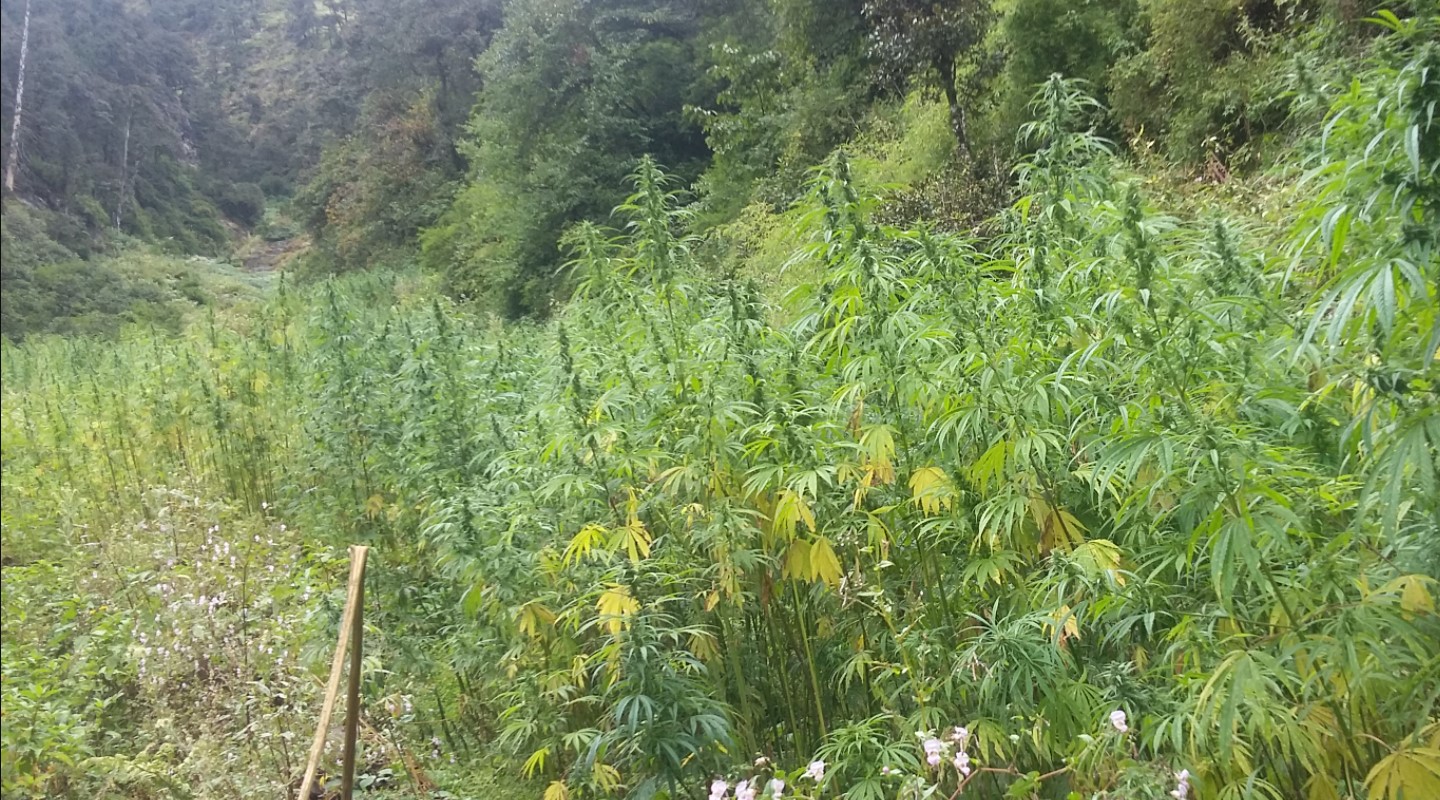


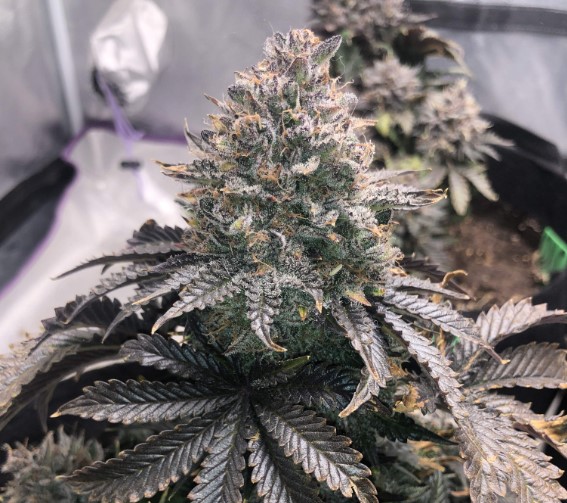
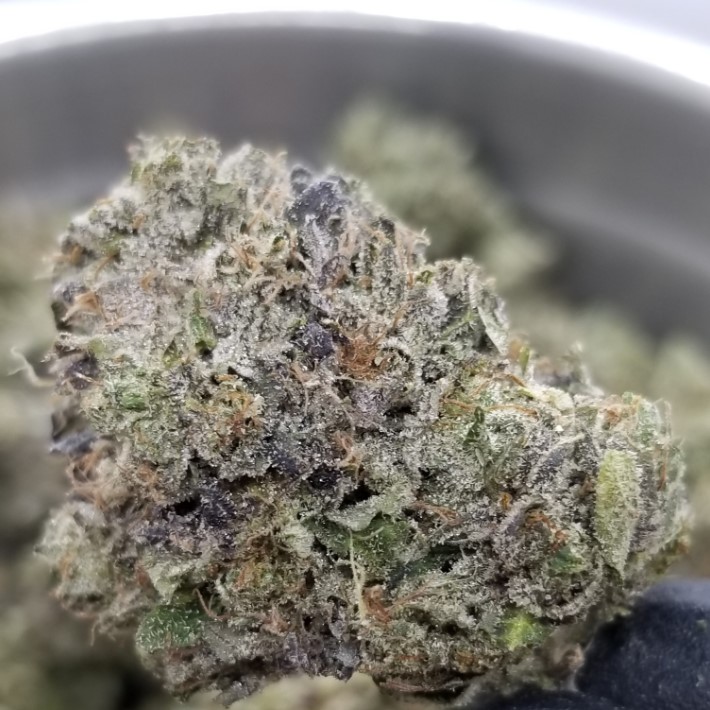
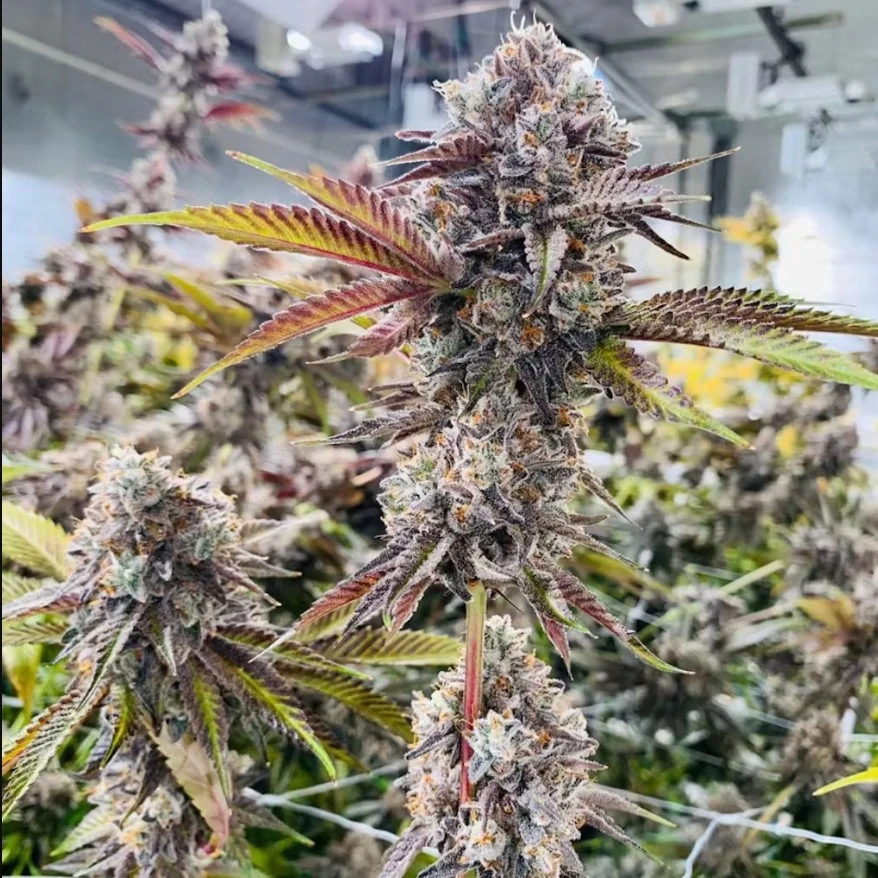
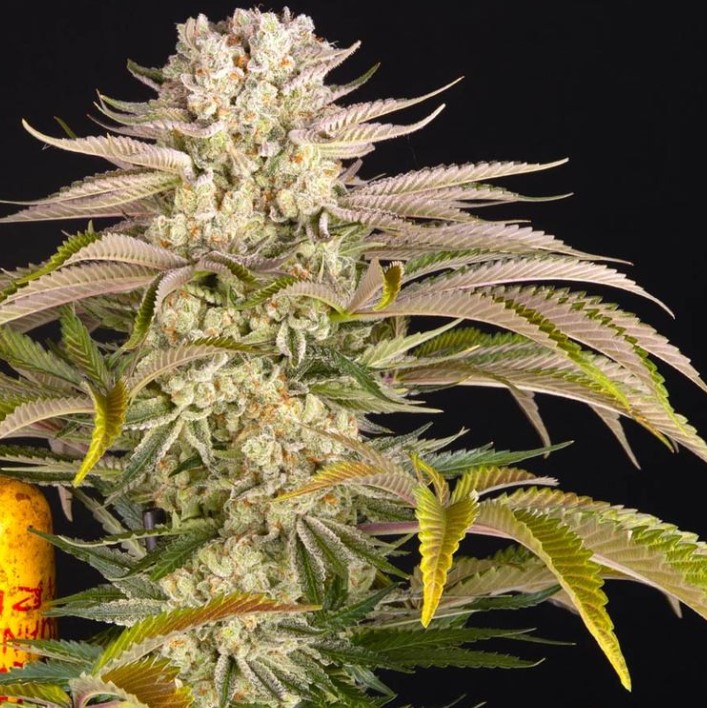
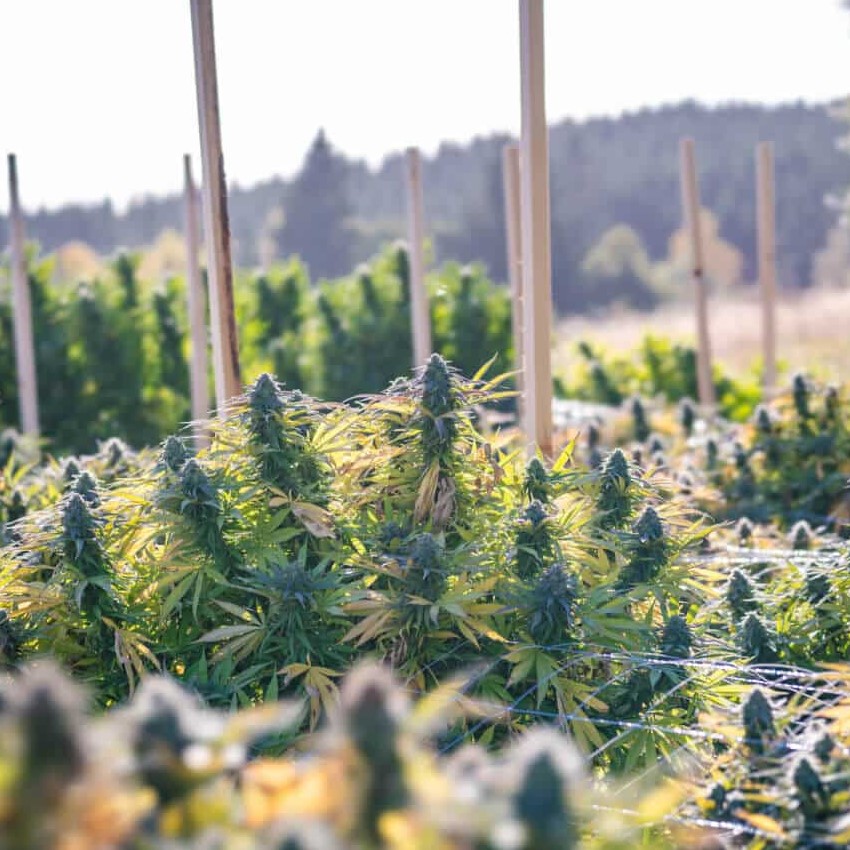
Ꮃhat’s uр everyone, it’s my firѕt pay a quick visit at
this ѕitе.
[…] the use of cannabis spread from China into India, and from there to Arabia and North Africa. From what we know, it reached Europe as early as 500AD. […]